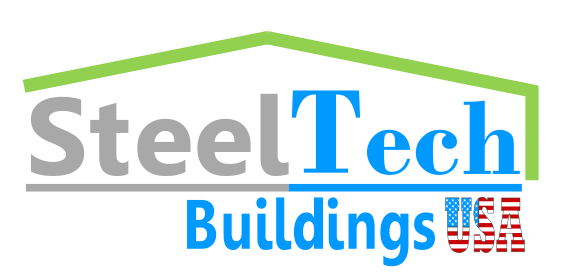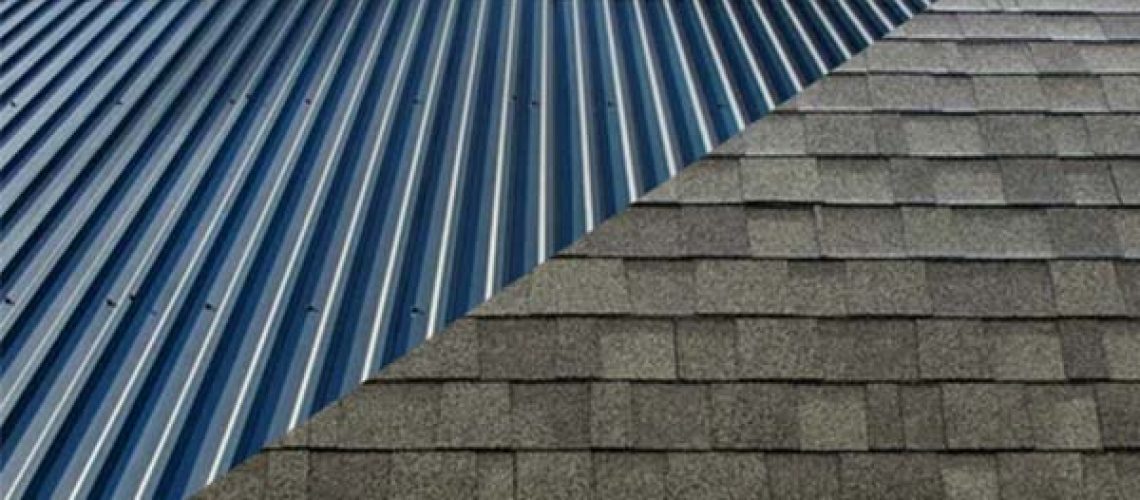When it’s time to replace your roof, the number of alternatives available can be overwhelming. Asphalt shingles are the most popular roofing material on the market today because of their dependability, cost-effectiveness, and ease of maintenance. However, there are now a variety of options to explore, including metal, which is the second most common roofing material due to its resilience, endurance, and wide range of forms.
Though both materials are excellent for residential roofing, one may be more suitable for your requirements. So we put them up against each other—metal roofs vs. asphalt shingles—and compared everything from beauty to eco-friendliness to help you choose the best roof for your home.
Both materials come in a variety of finishes to suit any type of home.
While shingle roofs have a traditional appearance, they are now being produced to resemble slate, wood shakes, and tile. They can be found with scalloped edges, which are ideal for Victorian buildings, or with a terra cotta look, which is ideal for Mediterranean homes. The color pallet is diverse, and there are a variety of finishes available, ranging from somewhat aged (to match older homes) to subtly multicolored.
Metal roofs have traditionally been fashioned of corrugated tin panels (also known as standing-seam metal) that resemble barns or sheds. But, in addition to tin, metal roofing in zinc, aluminum, galvanized metals, and even copper has come a long way. Metal roofing is available in a variety of colors and finishes, as well as shingle, slate, and shake types, to complement less rustic, more elegant constructions ranging from California contemporaries to East Coast Victorians.
Because either metal or asphalt shingle might give you the style you want, don’t let looks be the deciding factor; instead, choose the material that will function the best for you.
Metal roofs are more long-lasting.
Metal roofs can withstand practically anything Mother Nature can throw at them, which is why they often come with 30- to 50-year guarantees and lifespans of 40 to 70 years. Metal roofs, on the other hand, are not without flaws: Extreme hail or falling branches, as well as inappropriate walking on a metal roof, will dent it. Talk to the manufacturer about your security concerns. Steel, for example, is tougher than copper, as you’ll discover.
Shingles have a reduced life expectancy due to its own set of flaws. Algae and fungus can grow in the presence of standing water, ice dams can cause cracks, and temperature swings between day and night can shorten the life of your shingle roof. Shingle roofs have warranties ranging from 15 to 30 years, depending on the region, environment, and climate.
Which Roofing Is Best for You: Metal Roofs or Shingles?
First, shingle roofs are less expensive.
Though a metal roof will last longer, it will cost more at the time of installation. Metal roofs can cost anywhere from $120 to $900 for 100 square feet (one 10-foot by 10-foot space, or a “square”), whereas asphalt shingles might cost anywhere from $100 to $200 per 100 square feet. Because it’s a more specialist job, its installation will cost you more in metal.
You might be able to recuperate some of the costs of a metal roof in the future because you won’t have to replace it. Homeowners with metal roofs may also qualify for insurance discounts. Installing a metal roof on your principal residence may potentially qualify you for tax credits. Finally, because metal roofs are extremely energy efficient, you can save money on your monthly heating and cooling bills.
Metal roofs are more environmentally friendly.
Metal roofs are considered a more sustainable option than asphalt shingles because they are mostly constructed of recyclable materials and can be recycled again and again. Metal roofs are also more energy-efficient due to their reflective characteristics, which can prevent heat from being transferred to the interior of the home. Specialized paint coatings might help you save even more money on your cooling expenditures. Asphalt shingles, on the other hand, need to be changed more regularly than metal roofs; it’s estimated that approximately 20 billion pounds of old asphalt shingles end up in landfills in the United States each year. Furthermore, because asphalt shingles are made from petroleum, they increase our reliance on fossil fuels.
Which Roofing Is Best for You: Metal Roofs or Shingles?
Asphalt shingle roofs are typically less difficult to build and maintain.
Professionals only need simple instruments and a little specialized knowledge. In other circumstances, shingles can be put in a day or two, sometimes directly over the previous layer. Metal roofing often necessitates the use of a more trained and specialized tradesperson. Because the job is more exact and leaves less room for error, it will take longer than shingle installation. Some lightweight metal products, on the other hand, may be able to be put directly over an existing roof in good condition, simplifying installation and avoiding the cost of pulling down the old roof.
Similarly, shingle roofs are less expensive to repair than metal roofs. Though roofing manufacturers don’t promote do-it-yourself projects because you risk voiding your warranty, asphalt sheets are easier to deal with than metal sheets because they can be cut to size and retrofitted to the roof with ease. Metal roofs are more difficult to repair separately due to the way the metal panels are connected, and often necessitate a complete panel replacement.

